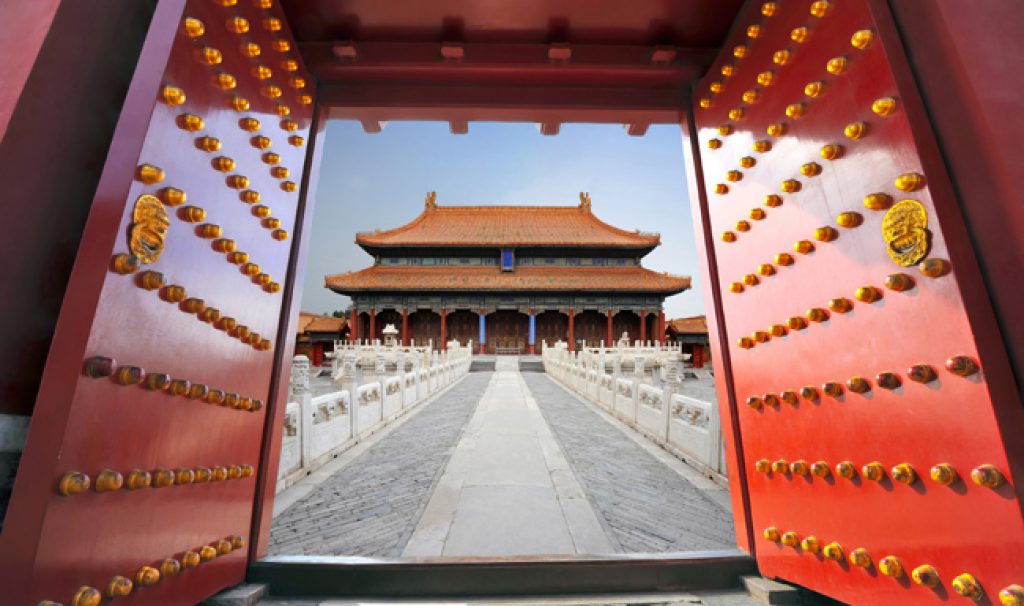
AsianScientist (Jan. 29, 2016) – China has announced the launch of the Future Science Awards, touted as their own version of the Nobel Prize.
The new awards were announced at the Future Forum Annual Conference 2016 on January 17 and will comprise two categories: the Life Science Award and Materials Science Award. From 2017 onwards, awards will be handed out to deserving nominees, along with a US$1 million cash prize.
The Future Science Awards were initiated by a group of Chinese scientists and business leaders, including Shi Yigong, academician of the Chinese Academy of Sciences and winner of the Gregori Aminoff Prize from the Royal Swedish Academy of Sciences; Rao Yi, president of life sciences at Peking University; Robin Li Yanhong, Chairman and CEO of Baidu; and Yang Yuanqing, CEO of Lenovo.
The new honor is regarded by some as the Chinese version of the Nobel Prize because, as with the awards established by Swedish scientist Alfred Nobel, the Future Science Awards was founded by private organisations instead of the government.
Yang Chenning, a 94-year-old physicist who was awarded the Nobel Prize in Physics in 1957, said at the conference that “there is not yet a top science award set up by Chinese non-governmental organisations,” and “this award will spark huge influence in China.”
This appears to be part of a recent push by the Chinese government to drive innovation and growth in R&D. China is one of several Asian countries that have been increasing investments in scientific research and development at a much faster rate than the United States, according to the Science and Engineering Indicators 2016 report by the US National Science Board.
While the United States is still the global leader in science and engineering spending, accounting for 27 percent of the world’s total R&D expenditures, China isn’t far behind, making up 20 percent. Furthermore, the country’s R&D spending increased rapidly by an average of 19.5 percent between 2003 and 2013.
“China is decisively the second largest R&D spending nation,” said Kelvin Droegemeier, vice chairman of the National Science Board, during a press briefing on the report on January 19.
———
Copyright: Asian Scientist Magazine; Photo: Shutterstock.
Disclaimer: This article does not necessarily reflect the views of AsianScientist or its staff.












